Government Initiatives and Funding
Government initiatives aimed at improving healthcare access and funding for rare diseases are crucial drivers for the sturge weber-syndrome market in South America. Various governments have begun to allocate resources specifically for the research and treatment of rare conditions, including SWS. For instance, funding programs may provide financial support for clinical trials and the development of new therapies. This financial backing not only encourages pharmaceutical companies to invest in SWS treatments but also raises awareness about the condition. As a result, the sturge weber-syndrome market is likely to experience growth due to increased research activities and the introduction of innovative treatment options.
Rising Incidence of Sturge Weber Syndrome
The increasing incidence of Sturge Weber Syndrome (SWS) in South America is a notable driver for the sturge weber-syndrome market. Recent studies indicate that the prevalence of SWS may be higher than previously estimated, with some regions reporting rates of approximately 1 in 20,000 live births. This rise in cases necessitates enhanced healthcare services and treatment options, thereby expanding the market. As awareness grows among healthcare professionals and the public, more patients are likely to seek diagnosis and treatment, further propelling market growth. The sturge weber-syndrome market is thus positioned to benefit from this trend, as healthcare systems adapt to meet the needs of an increasing patient population.
Technological Advancements in Diagnostics
Technological advancements in diagnostic tools are significantly impacting the sturge weber-syndrome market. Innovations such as advanced imaging techniques, including MRI and CT scans, have improved the accuracy of SWS diagnoses. These technologies enable healthcare providers to identify the syndrome more effectively, leading to timely interventions. As diagnostic capabilities enhance, the number of diagnosed cases is expected to rise, which could lead to an increased demand for treatment options. Consequently, the sturge weber-syndrome market may see a surge in growth as more patients are identified and treated, highlighting the importance of ongoing technological development in healthcare.
Growing Patient Advocacy and Support Groups
The emergence of patient advocacy and support groups dedicated to Sturge Weber Syndrome is influencing the sturge weber-syndrome market positively. These organizations play a vital role in raising awareness, providing resources, and supporting affected individuals and families. By advocating for better healthcare policies and funding for research, these groups contribute to a more informed public and healthcare community. Their efforts can lead to increased recognition of SWS, prompting more patients to seek diagnosis and treatment. As the visibility of the condition grows, the sturge weber-syndrome market is likely to expand, driven by heightened demand for services and therapies.
Increased Research and Development Activities
The surge in research and development (R&D) activities focused on Sturge Weber Syndrome is a pivotal driver for the sturge weber-syndrome market. Academic institutions and pharmaceutical companies in South America are increasingly investing in R&D to explore new therapeutic approaches and improve existing treatments. This focus on innovation is likely to yield novel therapies that could enhance patient outcomes. Moreover, collaboration between researchers and healthcare providers may facilitate the sharing of knowledge and resources, further advancing the sturge weber-syndrome market. As R&D efforts intensify, the potential for breakthroughs in treatment options becomes more pronounced, fostering a dynamic market environment.


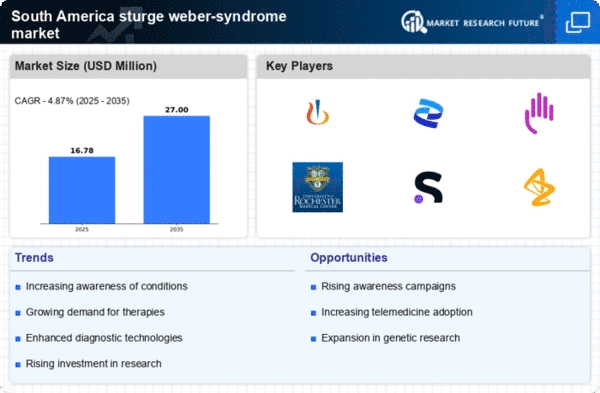
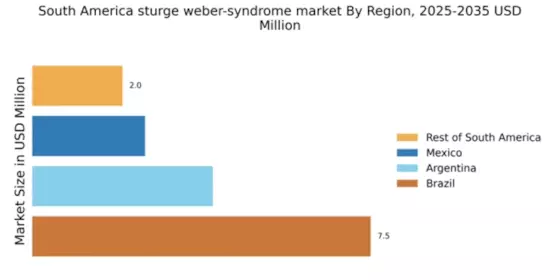
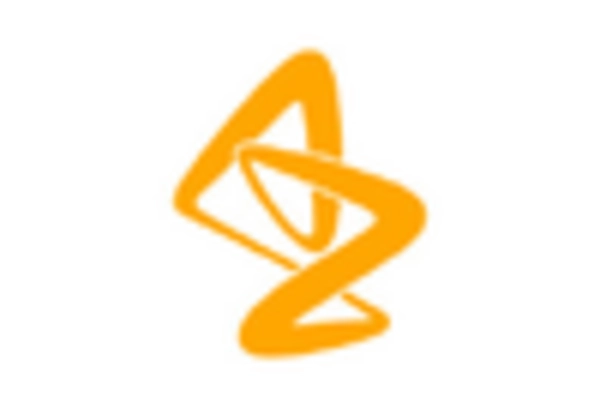


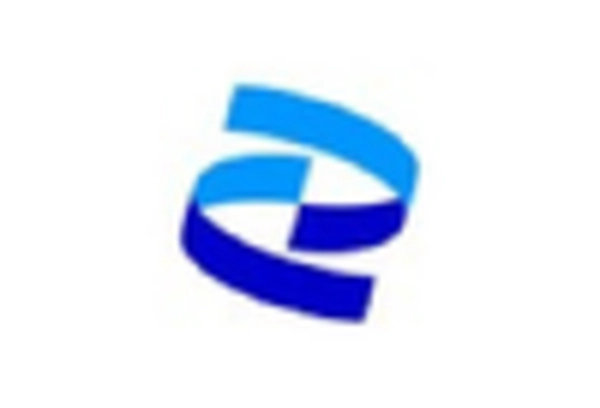
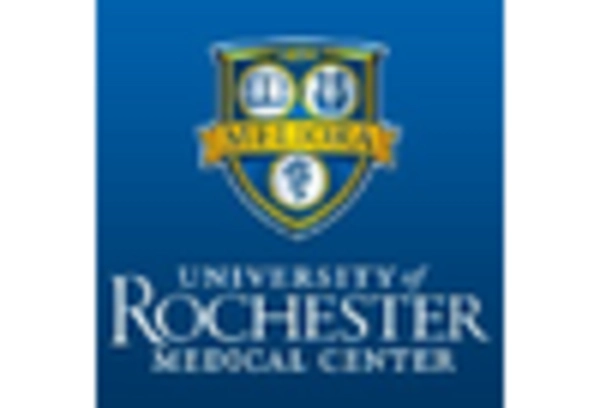
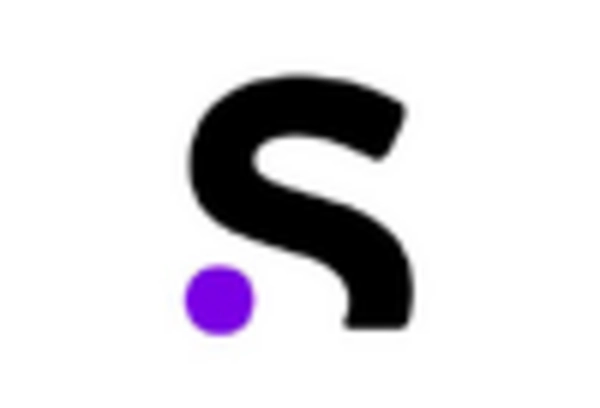








Leave a Comment